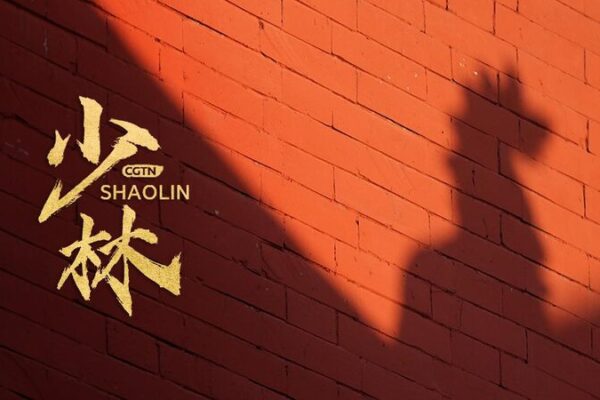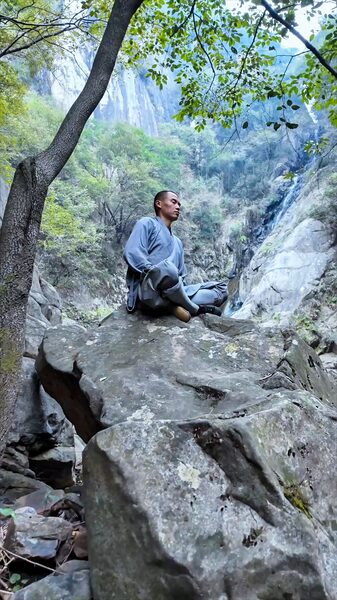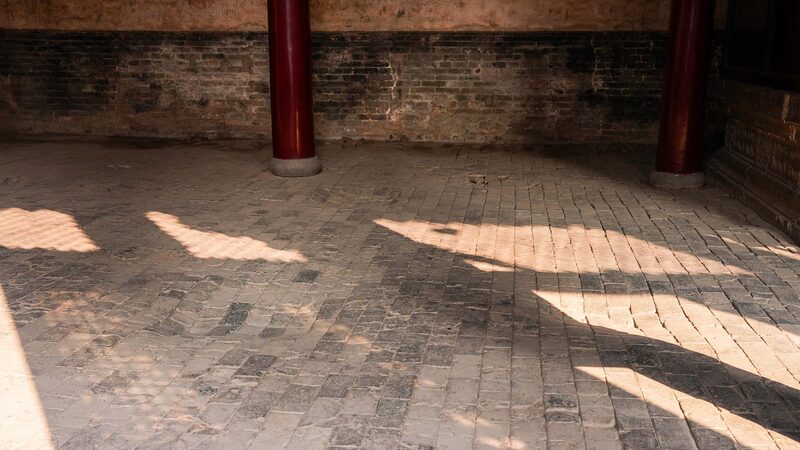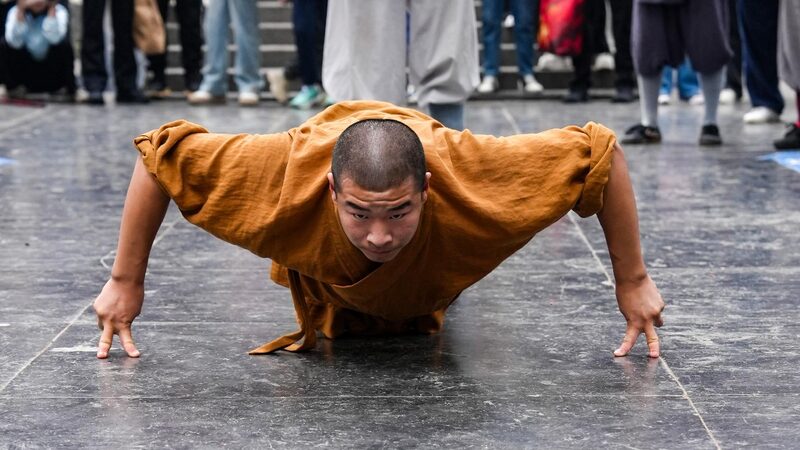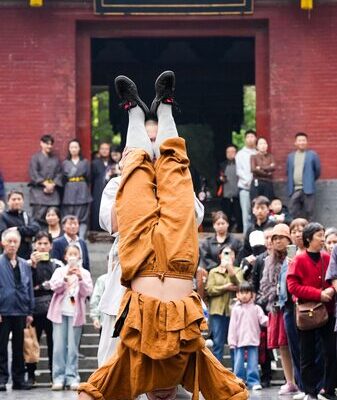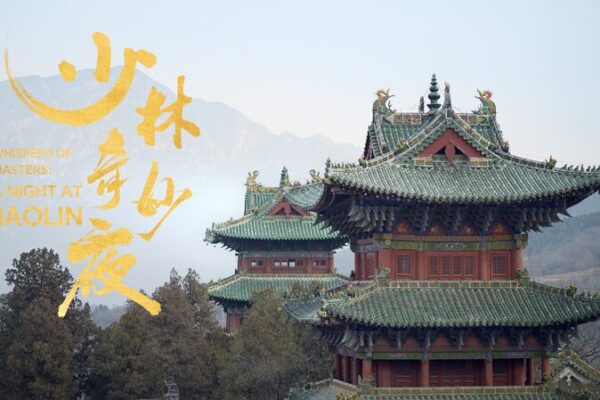Nestled at the foot of Shaoshi Mountain in central China’s Henan Province, the Shaolin Temple stands as a testament to the harmonious blend of nature, spirituality, and martial arts. The name “Shaolin” itself is derived from “shao,” representing the majestic Shaoshi Mountain, and “lin,” symbolizing the dense forests that envelop this ancient sanctuary.
Founded under the order of Emperor Xiaowen during the Northern Wei Dynasty (386-557), the temple was built to honor the wandering Indian monk Batuo (Buddhabhadra). Amidst the wilderness teeming with wild beasts, the monks of Shaolin began developing martial arts not only for spiritual enrichment but also for survival. What started as simple exercises to alleviate meditation fatigue evolved into the legendary Shaolin Kung Fu, renowned worldwide today.
Each weapon mastered within Shaolin tells a unique story. The dharma cudgel is named after Bodhidharma, who introduced Chan Buddhism to China. The famed fire stick is linked to the tale of Kinnara, a modest kitchen monk who transformed into a valiant warrior to defend the temple during the tumultuous Red Turban Rebellions.
In the modern era, Shaolin’s influence transcends borders, boasting over 100 cultural centers across 50 countries and regions. Yet, despite its global reach, the temple remains true to its roots—a place where spiritual practice and martial arts unite in perfect harmony.
The Shaolin Temple continues to inspire generations, inviting all to explore the depths of its history and the profound philosophies that have shaped its legacy. It is more than just the birthplace of Kung Fu; it is a living embodiment of resilience, discipline, and the relentless pursuit of enlightenment.
Reference(s):
cgtn.com

